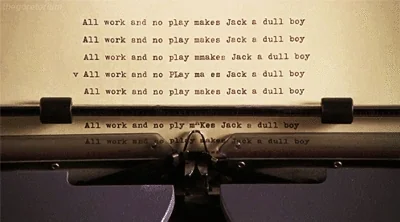Thanks, I hate it.
Again? Besides, anything short of Project Orion is kinda, I don’t know, lame.
I understand what they mean by creating a diversion, but it sounds like saying “hey look, there are dinosaurs the Chicxulub impactor missed on Mars!”.
The Near Infrared Imager and Slitless Spectrograph (NIRISS) on NASA’s James Webb Space Telescope is currently offline, and all science observations using the instrument will have to be rescheduled as engineers try to repair the thing.
[…]
Together with the Fine Guidance Sensor, the NIRISS allows the telescope to point its cameras and instruments precisely to capture light from objects deep in space. The spectrograph operates at near-infrared wavelengths, and is a specialized instrument that can resolve light from individual objects that otherwise appear quite close together.
Astronomers use the NIRISS to detect exoplanets as well as capture wide-field images to study populations of stars and galaxies. But boffins who were in the middle of using the telescope’s instrument or planning to will have to wait until it comes back online. The glitch, unfortunately, will mean precious observation times allotted to astronomers will have to be adjusted.
[…]
Space mining startup prepping to launch ‘demo’ refinery… this April
[…]
AstroForge, which came onto the scene last May with the announcement of a successful $13 million seed round, says it has two launches planned for this year to deploy a demonstration orbital refinery and scout an asteroid for mineable resources.
[…]
Tycho crater they say…

According to LeoLabs, the two objects that narrowly missed one another were a defunct SL-8 rocket body and Cosmos 2361, a now-dead Russian spy satellite designed to intercept electronic signals such as radio communications or radar transmissions. Cosmos 2361 was launched in 1998, according to NASA, while the SL-8 is a U.S. Department of Defense nomenclature for the Kosmos-3 family of Soviet rockets that first entered service in 1964 and continued flying through 2009.
LeoLabs doesn’t appear to have a new post up on its blog, but instead linked to two of their older posts about preparing for and responding to collisions and the need for debris mitigation and remediation.
ETA:
Jonathan McDowell has created some visualizations.


Covid: Month One





